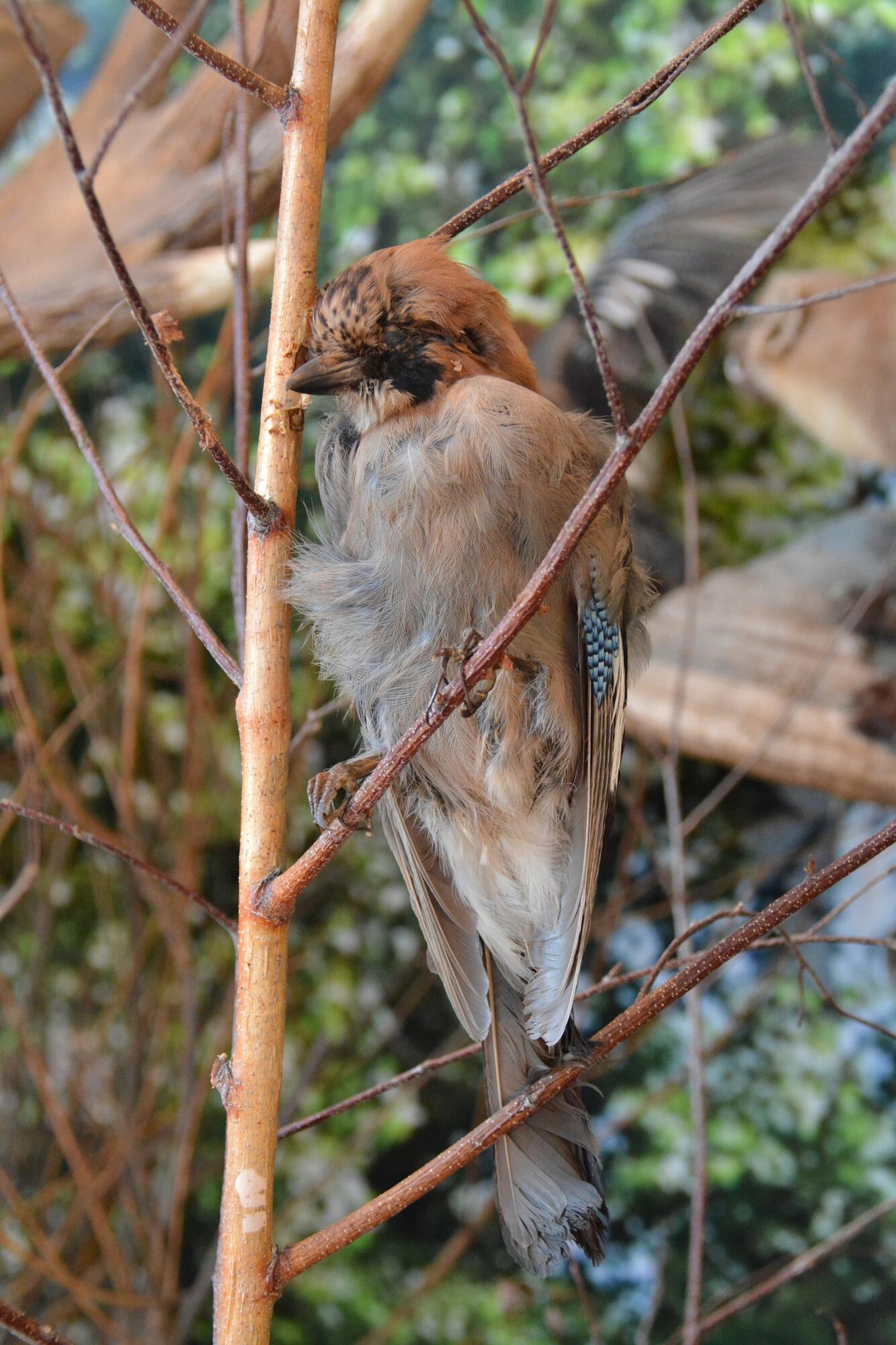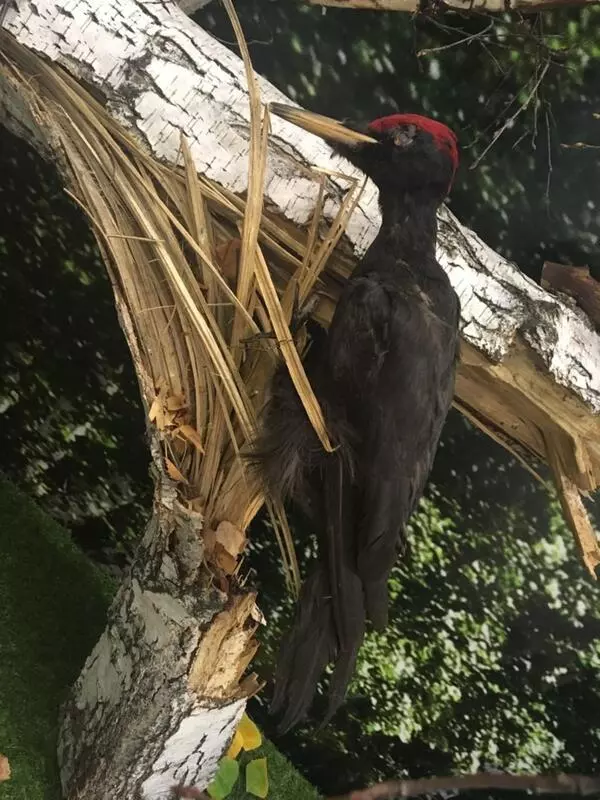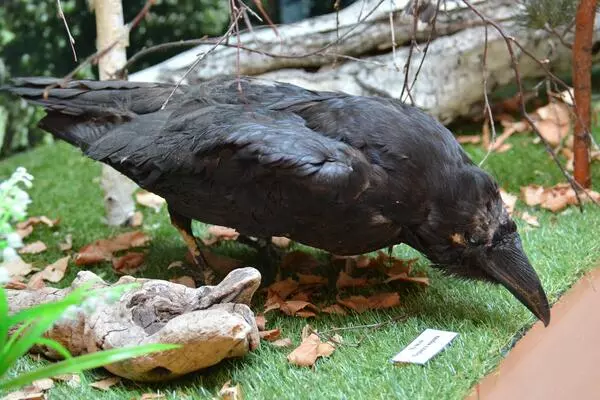The Bohemian waxwing is a songbird in the waxwing family. Its body measures up to 23 centimeters, while its weight is up to 70 grams. The bird’s plumage is pinkish gray with yellow and white bands of its black wings. A distinctive yellow band runs across the edge of the waxwing’s tail. All waxwing species have a small crest crowning the head.
The waxwing is distributed in the taigA woodlands of the Northern Hemisphere. It mostly prefers thin conifer and mixed woods, overgrowing mountains, and clear cuttings. Waxwings often set up large flocks but keep to each other in pairs inside the flock. If a pair member flies over to a neighboring tree, the other bird heads for the same tree.
In summer, the waxwing feed on insects it often catches when flying, larvae, various berries, and young plant springs. The waxwing eats mostly rowan in cold seasons. In fact, the waxwing extremely gluttonous. However, it cannot pick berries apart, so it swallows them whole with a swift movement one by one tearing them off twigs. A single waxwing can eat much more berries than it weighs in a day. Foraging for rowan, the waxwing migrates throughout winter. Sometimes, its fancy for the berry can be lethal. Fermented fruit impairs the waxwing’s behavior and movement, and any of them fall to the ground and freeze to death.
In March and April, many waxwings set out for the north where they brood offspring in the subpolar taiga. The nesting season spans May to July. The bird makes a cup-like nest of grass, hair, moss, and conifer twigs. The nest is located in the tree crown—mostly on the edge of the woods, near water bodies, and other nesting pairs. The female lays three to five eggs and broods them for about a fortnight. While the female is brooding, the male provides food—insects and seeds. Young birds become independent when they reach the age of 15 to 17 days. Each year, waxwings seek new partners. Courtship involves the male feeding the female berries. The lifespan of the waxwing measures up to 13 years.
The waxwing’s voice sounds like a melodic ‘swir-swir"—it resembles a svirEl (an old Russian flute-like musical instrument), which gave the bird its name in Russian, sviristEl. Females sing as well as males do.
The waxwing is distributed in the taigA woodlands of the Northern Hemisphere. It mostly prefers thin conifer and mixed woods, overgrowing mountains, and clear cuttings. Waxwings often set up large flocks but keep to each other in pairs inside the flock. If a pair member flies over to a neighboring tree, the other bird heads for the same tree.
In summer, the waxwing feed on insects it often catches when flying, larvae, various berries, and young plant springs. The waxwing eats mostly rowan in cold seasons. In fact, the waxwing extremely gluttonous. However, it cannot pick berries apart, so it swallows them whole with a swift movement one by one tearing them off twigs. A single waxwing can eat much more berries than it weighs in a day. Foraging for rowan, the waxwing migrates throughout winter. Sometimes, its fancy for the berry can be lethal. Fermented fruit impairs the waxwing’s behavior and movement, and any of them fall to the ground and freeze to death.
In March and April, many waxwings set out for the north where they brood offspring in the subpolar taiga. The nesting season spans May to July. The bird makes a cup-like nest of grass, hair, moss, and conifer twigs. The nest is located in the tree crown—mostly on the edge of the woods, near water bodies, and other nesting pairs. The female lays three to five eggs and broods them for about a fortnight. While the female is brooding, the male provides food—insects and seeds. Young birds become independent when they reach the age of 15 to 17 days. Each year, waxwings seek new partners. Courtship involves the male feeding the female berries. The lifespan of the waxwing measures up to 13 years.
The waxwing’s voice sounds like a melodic ‘swir-swir"—it resembles a svirEl (an old Russian flute-like musical instrument), which gave the bird its name in Russian, sviristEl. Females sing as well as males do.















